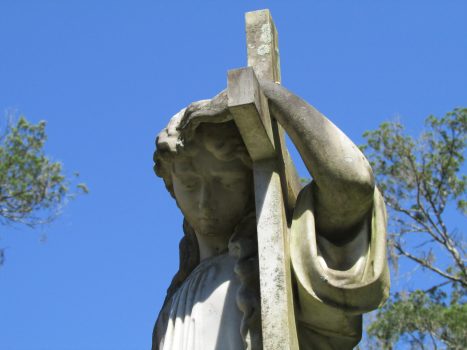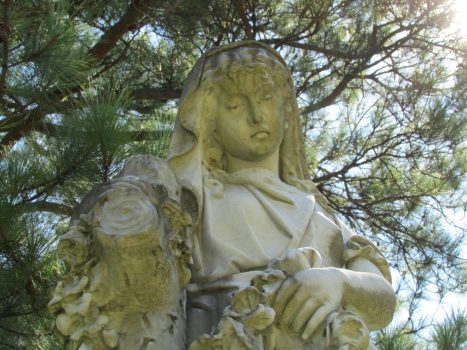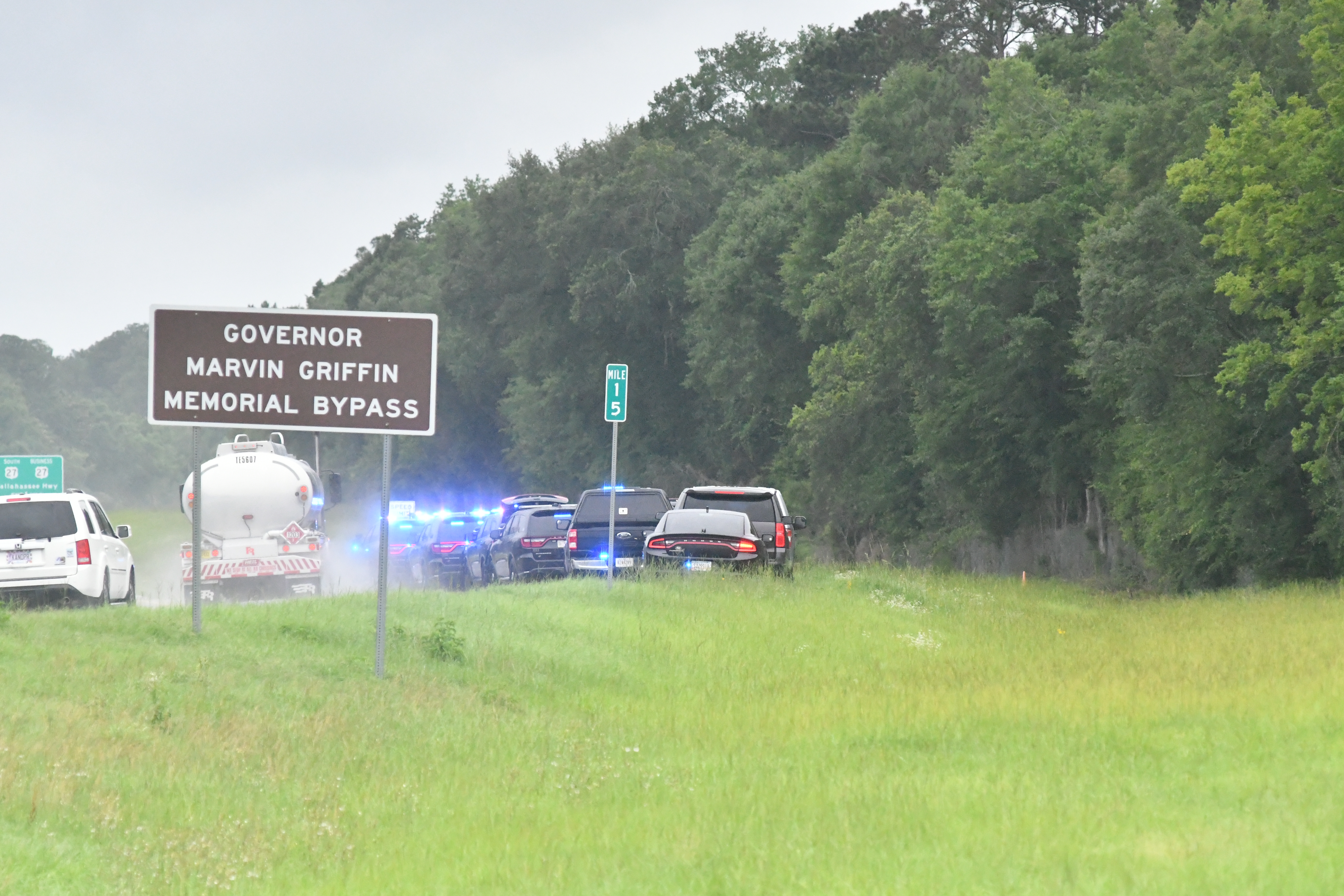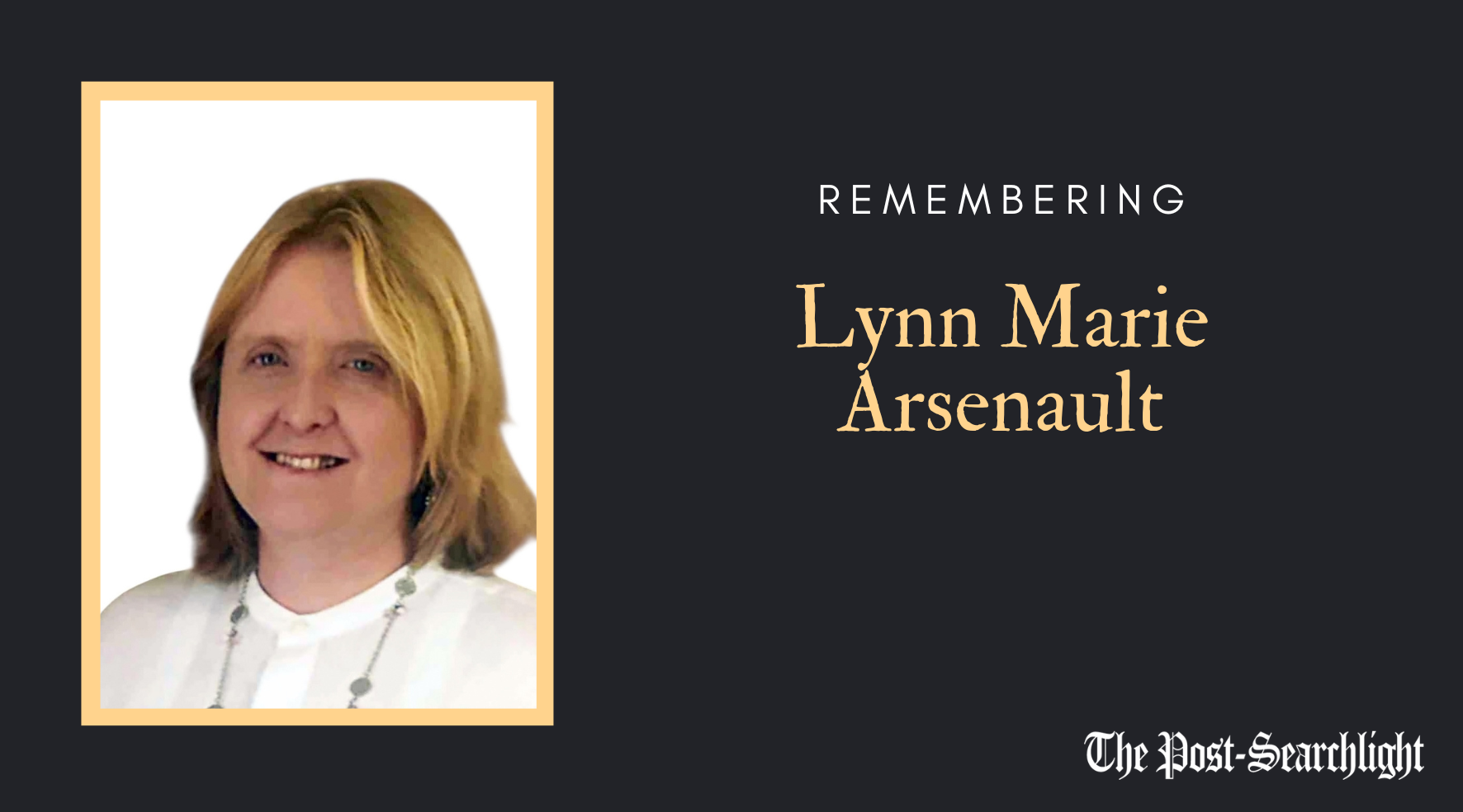Everyone is Talking – Oak City Cemetery
Published 10:30 am Sunday, December 10, 2023
|
Getting your Trinity Audio player ready...
|
Oak City Cemetery is a marvelous place to find rest, not only for those who have passed, but anyone who likes to communicate with history. The beauty of fantastic oaks, some of which are probably 300 years old, mixing with the glimmer of the waters of the Flint River as she endlessly flows by the bluff that provides a view from Oak City Cemetery, could be what heaven is like. These oaks have seen a long and storied history because these grounds were not always home to a cemetery like now, where they serve as silent sentries, guarding this final resting place for hundreds of folks.
For today, we will be transported back in time to where it is believed that a fort once stood. Even though there has been nothing to prove this, it is practical. With the view of the river from here, you could see an enemy coming from north and south.
Records show that at one time, the Creek Indians had a village here that was called Pucknawhitia. Eventually, it grew and became known as Burgess Town, after the 18th century trader, James Burgess, who established his trading post somewhere near this land. Burges died in 1799, and is likely buried somewhere on, or near, Oak City Cemetery’s grounds.
The first known burial in Oak City was in May of 1852, with the interment of William H. Peabody who died at the age of 45. His resting place is near the powder house where it is believed that ammunition and gunpowder were stored for the protection of Bainbridge. There now are many family plots that surround it.
On March 23, 1853, a tract of land was deeded by the trustees for the Citizens of Bainbridge, for one hundred dollars. This land was then officially incorporated as Bainbridge’s cemetery in 1854. In 1878, a section in the rear and western area of the cemetery was deed to Temple Beth-el and became one of the first Jewish cemeteries in South Georgia.
Before the second expansion of the cemetery, the local militia trained for the Spanish-American War on these grounds. It was also the place where parades, festivals, and celebrations took place. At least through 1910, this land was used for a race track and stables for the race horses that dragged little two-wheel carts behind them. There also was a grand stand. It was here that the circuses and carnivals set up. A little later in time, it became farm land where cotton and corn were planted. Still later, Hutto High School played baseball and football here.
In about 1938, the city purchased the property on Webster Street to Cemetery Street, to where the old ball park once was and a residential area. This is when the entrance was moved up to the junction of Webster and Cemetery Streets and the iron and brick archway was constructed. A concrete block wall was also built to enclose this new addition as well as the old cemetery.
Even though the cemetery has been expanded over the years, the oldest section is still the most beautiful because of the giant, live oak trees that stand guard over the graves for over 180 years. These grounds became the final home for titans of finance, industry, railroads and politicians. There is also a movie star and the man who once was the Governor of Georgia resting here. You will also find teachers, ministers, Woodmen of the World and Free Masons as well as patriots who gave their all. The rich and poor and those who lived long lives as well as children who died much too soon, all are resting here, amongst the oaks.
Oak City Cemetery is also well known for the many beautiful memorial statues that are present in the old section. Along with these monuments are unmarked or unknown graves that either never had markers or where age has worn away the names. Some graves are marked by nothing more than pile of bricks and others have begun to sink into the ground. Those where the names and markings remain have abundant symbolism.
Spires, pointing toward heaven, symbolize eternal life. Crosses represent faith. For those of Irish descent, the Celtic cross stands for their country of origin. Urns are responsible for holding the spirit of the deceased. Hands carved on the gravestone represent a relationship or a partnership and a lamb means innocence and are usually on the grave of children. Some believe that seashells enclose a person’s immortal soul while other say they represent a journey, or the rebirth of baptism.
In the Jewish section of the cemetery, grave markers are frequently written in English on one side and Hebrew on the other, thus embracing their Jewish heritage. Also, stones are left at the grave site instead of flowers by the family members of the deceased.
Fannie Brash was the first person buried in the Jewish section of the cemetery. Fannie was the daughter of Henry and Henrietta Brash and was only three months old when she passed away. Fannie’s four siblings are buried next to her in the cemetery. None of them lived past the age of twenty.
Tilla Frohlich Weile is also resting in the Jewish section. Ms. Weile’s gravestone is a memorial to all Holocaust victims. Weile was a child during this atrocity and only survived because she was able to work in the concentration camps. Weile’s gravestone pays homage to the six million that died in those concentration camps during World War II.
Some of the family plots used to be surrounded by small fences. Some folks feel that this was meant to keep evil spirits away from the graves. However, they also served the more practical purpose of keeping away the cows that once used the land to graze.
Some grave markers have a very personal meaning, such as the statue of an angel that adorns the grave of Sarah Harris, who died November 18, 1926, less than a month before her seventh birthday. The story goes that Sarah was playing under her house with her dolls when an angel, appeared to her. Sarah then told her mother about this. However, a few weeks later, Sarah died of blood poisoning. Remembering the story her daughter told her, her mother, Mrs. Johnie Harris, placed a statue of an angel atop her grave.
A Union veteran, Seth W. Babbitt, was born in New York on July 7, 1839. For a while, his family lived in North Carolina. When they moved back to New York, Seth’s older brother, Floyd chose to go to Florida instead. When the War Between the States started, Seth was in school in New York and chose to join Company H 100th New York Infantry, as a private in 1862, instead of continuing his education. He was promoted several times and became a lieutenant. He was wounded on July 21, 1865, which resulted in him having little use of his right arm and hand.
Floyd enlisted in the Florida Light Artillery Company in Tallahassee. He came to Bainbridge with the evacuees from Apalachicola. When here, he met and married Mary F. Tonge, whose father owned the Tonge Factory which was on the Flint River, on July 23, 1863. He then joined the 11th Georgia Cavalry.
After the War, in 1867, Seth Babbitt came to Bainbridge. Floyd also moved here and became a successful businessman. Seth became the head master of the Colquitt Academy, a job that he loved.
Seth married Elizabeth Darden of Bainbridge on January 31, 1875, the couple moved to Faceville for a while and then went to Pine Hill in 1880, where he taught school. In 1886, he moved back to Faceville and became a railroad agent. During this time, he had a scuffle with an abusive boarder and both men shot at each other. Seth received a wound in his leg while the boarder was wounded in his calf. Seth recovered and lived until November 9, 1905. A sadness in the couple’s life was not having any children. Floyd, and Mary had two children who died young. All rest in the Babbitt family plot.
Another Union soldier was J. T. Weston, born in Maine in 1835, and served in the 8th Kansas Infantry. His life is a mystery and he is buried in a solitary grave.
Ultimately, it is only the oaks that hold answers to some of the mysteries of Oak City Cemetery. On one quiet morning, I would love to listen to them talk about several of these.
First, is the very visible, towering statues of weeping angels, that mark the graves of Judge Byron B. Bower’s (1839 to 1923) two wives, Ellen Tallulah Dickenson Bower (1853 to 1885) and Anne Overton Bower (1857 to 1886). It is believed that they would tell a tale with a hint of scandal.
Ellen was the first wife of Judge Bower. They married in 1871, and had eight children, seven sons, two of which died young and one daughter, before Ellen died in 1885, at the age of 32. A year later, Judge Bower married Ellen’s sister, Anne, but this was a short-lived romance as Anne died less than a year after the wedding in 1886 at the age of 29.
Now, the sisters lie, side by side, in Oak City Cemetery, with weeping angel statues marking their graves. For Ellen, she is holding, and is surrounded by roses, while Anne is holding a large cross, which reminded me of the cross that Christ carried. See what you think.
When seen from the road, the Bower angels are standing with one facing right and the other left. Legend says that this was done so that they would not have to spend eternity looking at each other and remembering that Judge Bower had married them both. Also buried in this plot is the Judge himself, and four of the Judge’s sons: Byron, Lucien, Gordon, Clarence and his daughter, Evergiline, who became a famous artist in New York.
Then there is Felix G. Arnett’s (1809 to 1886) memorial stone and the fact that he is not buried in the same plot as his family. All of this brings about the question of what his epitaph really means: “Charity covers a multitude of sins”.
The story of the Arnett families is said to have been quite contentious. So much so that Felix’s brother, Oliver (1818 to 1881) and the rest of the family, sleep in a separate plot.
If the oaks could talk, they would tell the story of Kansas Millay, who came our way and whose 69 years ended in 1928. Kansas Millay is buried in a solitary grave and no one knows if this person is a man or a woman. However, the oaks know.
Some grave stones say, “Gone but not Forgotten”. However, only the oaks know for sure who J. Thomas Whisinant, (1895 to 1921) and G. R. Stoddard, (1887 to 1921) are. They both are buried in secluded graves.
Also, on one quiet morning, I would love to listen for the oaks to tell the story of the monument that is engraved with the names: Hahn, Smith and Daniel families. Legend says that in 1929, when the Methodist Church was digging out its basement, the bodies of thirteen folks was discovered, buried under this ground. Even though the site of the Methodist Church was once a family cemetery, most of the names of those who were buried there are unknown. The bodies were taken from their original resting place to Oak City Cemetery and were buried together in one grave.
In April of 2019, the city of Bainbridge and Decatur County talked about expanding into property they own behind the right rear corner. There have also been talks about possibly building a mausoleum. Since Oak City Cemetery has long been a historical marker to Bainbridge residents, the city felt it was necessary to expand and to also make the new area flow smoothly into the historical area and create a look that goes with the older sections.
While huge, live oaks cannot be duplicated, the city has made plans that would create woodland gardens of native plants like dogwoods, magnolias, camellia, gardenias, hydrangeas, azaleas and sago palms. There would be a crematorium garden, where urns can be placed in the shade of evergreen trees and a Sunset Chapel where there would be wildflower gardens and angel statues. Benches would be by a reflecting pool with an infinity edge where loved ones could set and find closure.
Try as we may, we cannot recreate the oak tree canopy of the older section. However, having other local trees and flowers will also create a beautiful, colorful section for loved ones to rest. One thing that will always be is the Flint River. It will continue to flow past the cemetery grounds forever.
I hope you enjoyed visiting Oak City Cemetery. As we leave, we must not forget to send a prayer towards heaven for these souls, some of whom still have families and some are almost forgotten, but not by us.
As with all historical places, folks and events, there are always discrepancies in facts. I found several in researching Oak City and the books and records that were very reliable did disagree on several points. As always, I chose those facts that were agreed upon the most.







